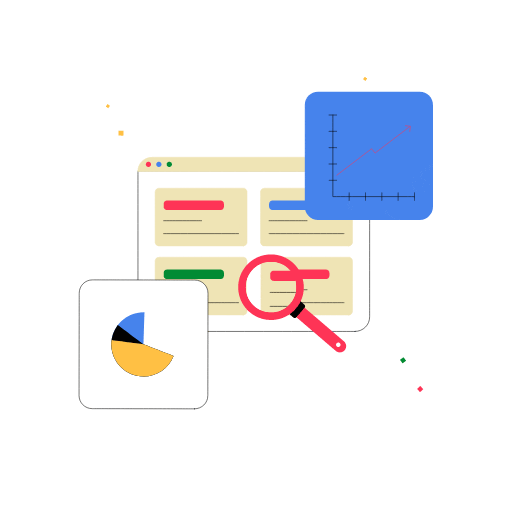Why Use Personas in Agile Development?
January 22, 2024
10 minute read
Why Use Personas in Agile Development?
In the fast-paced world of Agile development, understanding the end user is crucial. Agile methodologies emphasize flexibility, continuous improvement, and rapid adaptation to change. However, to make these processes truly effective, development teams need a deep and empathetic understanding of the users they are serving. This is where personas come in as an invaluable tool. Let's dive into why personas are essential in Agile development and how they can transform the way products are crafted.

Understanding Personas in Agile
A persona is a fictional character that represents a significant portion of people in the real world. In Agile development, personas are detailed descriptions of imaginary but realistic users, including their needs, goals, behaviors, and pain points. These personas help development teams to visualize the end user during every stage of the product development process.
The Role of Personas in Agile
-
User-Centric Design: Agile is all about user-centricity. Personas keep the user at the forefront of the development process, ensuring that every feature and user story is aligned with the user's needs and preferences.
-
Improved Communication: Personas provide a common language for team members. Instead of talking about abstract users, teams can discuss how a feature would impact "Persona A" or "Persona B," making discussions more concrete and focused.
-
Prioritization of Features: In Agile, where prioritizing backlogs is essential, personas help in deciding which features will add the most value to the user. This prioritization ensures that the team works on the most critical aspects first.
-
Enhanced Empathy: Personas foster empathy, enabling developers to put themselves in the users' shoes. This empathy leads to more thoughtful and user-friendly designs.

Creating Effective Personas for Agile
To make the most of personas in Agile development, they should be:
-
Research-Based: Personas should be created based on real data and research, not just assumptions. This may include surveys, interviews, and analysis of user behavior.
-
Detailed and Realistic: Effective personas include not only demographic information but also goals, challenges, and behaviors. The more detailed the persona, the easier it is for the development team to understand and empathize with the users.
-
Integrated into Agile Ceremonies: Personas should be a part of daily stand-ups, sprint planning, and reviews. They should be referred to when making decisions about the product backlog and during sprint retrospectives.
-
Regularly Updated: As the market and user preferences change, so should the personas. Keeping them updated ensures they remain relevant and useful.

Personas in Action: A Case Study
Consider the example of a team developing a health tracking app. They create two personas: "Fitness Enthusiast Emma," who is tech-savvy and looking for advanced features, and "Health-Conscious Joe," who needs basic tracking and motivation. These personas help the team decide which features to prioritize (like advanced analytics for Emma and simple tracking and reminders for Joe) and how to design the user interface to cater to both types of users.
Conclusion
In conclusion, personas are not just fictional characters; they are a pivotal element in Agile development. They bring user needs into clear focus, guiding the development process and ensuring that the final product resonates with its intended audience. By employing well-researched, detailed personas, Agile teams can enhance empathy, improve communication, and prioritize features effectively, leading to products that truly meet user needs.
In Agile development, where adaptability and user focus are key, personas are not just beneficial; they are essential for success.
Share with your friends!